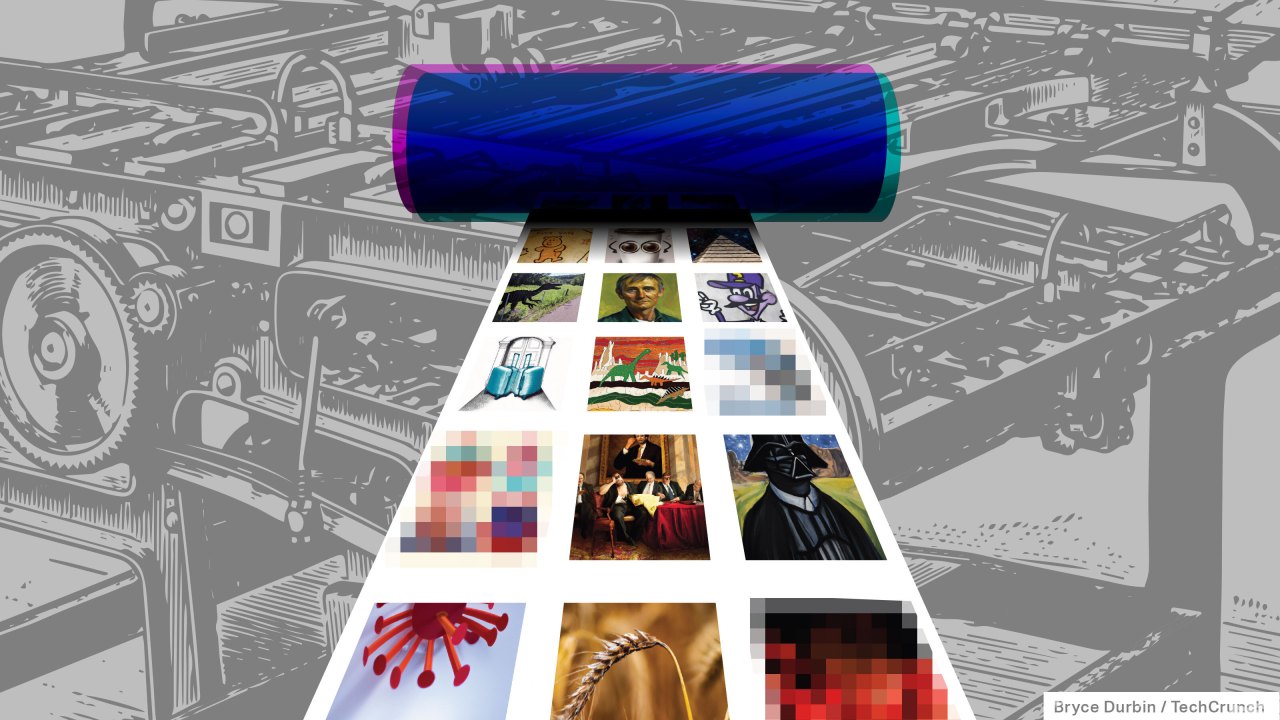The emergence of AI image generators has revolutionized the way we think about creativity and content creation. Among the frontrunners in this burgeoning field is Stability AI’s Stable Diffusion, an open-source model capable of turning simple text prompts into stunningly realistic images. This innovation is remarkable, but like many powerful tools, it comes with a significant ethical trade-off. As the technology surges in popularity, so too do the questions about its misuse. This blog explores the positive applications of Stable Diffusion, the ethical dilemmas it presents, and the broader implications for society.
The Positive Potential of AI-Generated Art
Stable Diffusion is not just about the creation of sensational or controversial images; it’s also making significant contributions to the world of art and storytelling. Platforms like NovelAI are leveraging its capabilities to enhance user-generated content. The ability to accompany text with personalized visuals can help writers express complex narratives, making storytelling more immersive.
Moreover, art generator services like Artbreeder and Pixelz.ai have integrated Stable Diffusion to offer users unprecedented creative control. This democratization of art allows hobbyists and enthusiasts to explore their creativity without needing advanced technical skills. Imagining worlds, concepts, and visuals that previously required professional tools can now be achieved with just a few clicks, highlighting a shift towards inclusivity in artistic expression.
The Dark Side of Unchecked Creativity
While the potential for innovation is immense, the unfiltered nature of Stable Diffusion raises alarming concerns. The model has been misappropriated on forums like 4chan, where threads have surfaced that showcase AI-generated pornography and non-consensual deepfake images. This use-case starkly contrasts the model’s positive applications, showcasing the darker side of open-source AI.
Emad Mostaque, the CEO of Stability AI, expressed that the early leak of Stable Diffusion onto controversial platforms is ‘unfortunate’ and emphasized ongoing collaborations with ethicists to navigate the complexities of responsible AI use. However, the existence of adjustable tools like the Safety Classifier—intended to detect and block inappropriate content—poses the risk of being easily disabled, thus undermining the safeguards meant to protect against harmful usage.
Ethical Considerations and Societal Impact
The ethical implications of AI-generated images are multifaceted. Experts like Ravit Dotan and Abhishek Gupta highlight the potential harms that synthetic imagery can exacerbate. This concern extends beyond individual cases to societal ramifications, particularly regarding the misrepresentation of women in these digital narratives. With reports indicating that a significant percentage of deepfakes involve women, the misuse of AI-generated content can further perpetuate gender-based violence and harassment.
Additionally, the automation of image generation poses worrying scenarios wherein malicious actors could systematically create personalized threats against individuals. The ease with which harmful content can be produced escalates the urgency for regulatory frameworks that outline acceptable uses of such technologies.
Responsibility of Platforms and Future Directions
The responsibility of content platforms to monitor and combat the misuse of AI-generated imagery cannot be overstated. Initiatives from companies like OnlyFans and Patreon signify a proactive approach to address the risks associated with deepfakes. These organizations continuously update their technologies and policies while actively involving content creators in discussions about ethical standards and the prevalence of harmful content.
However, as highlighted by Gupta, enforcement remains a challenge due to limited legal protections surrounding deepfake content. While established platforms may adapt, there’s always a risk that new, less scrupulous websites will emerge, making regulation a continuously evolving battle.
Conclusion: Navigating the Brave New World of AI
As we navigate the complexities presented by AI technologies like Stable Diffusion, it’s crucial to strike a balance between fostering creativity and safeguarding against misuse. Engaging in conversations about ethical use and establishing robust regulatory frameworks is essential for harnessing the benefits of this technology while minimizing its risks. In this brave new world, both developers and users hold the responsibility to prioritize ethical considerations in their engagement with AI.
At fxis.ai, we believe that such advancements are crucial for the future of AI, as they enable more comprehensive and effective solutions. Our team is continually exploring new methodologies to push the envelope in artificial intelligence, ensuring that our clients benefit from the latest technological innovations. For more insights, updates, or to collaborate on AI development projects, stay connected with fxis.ai.

